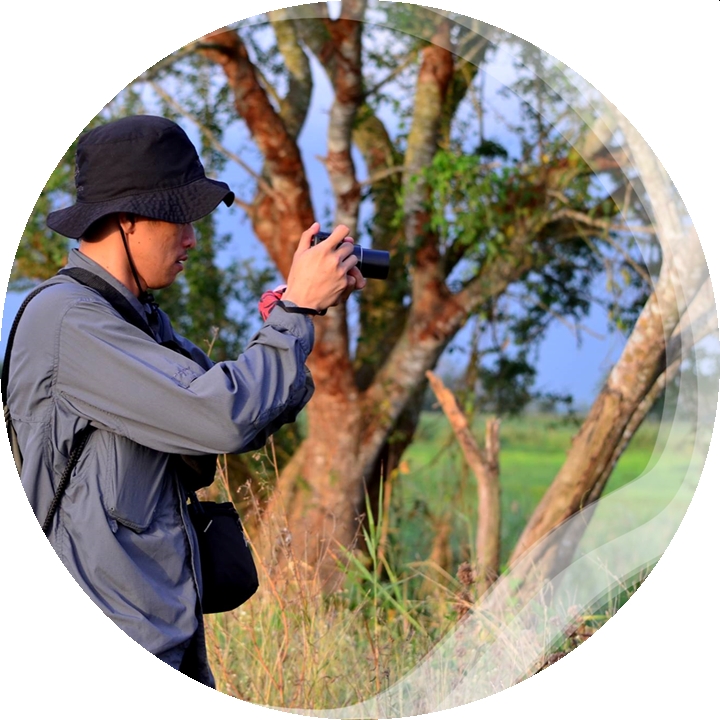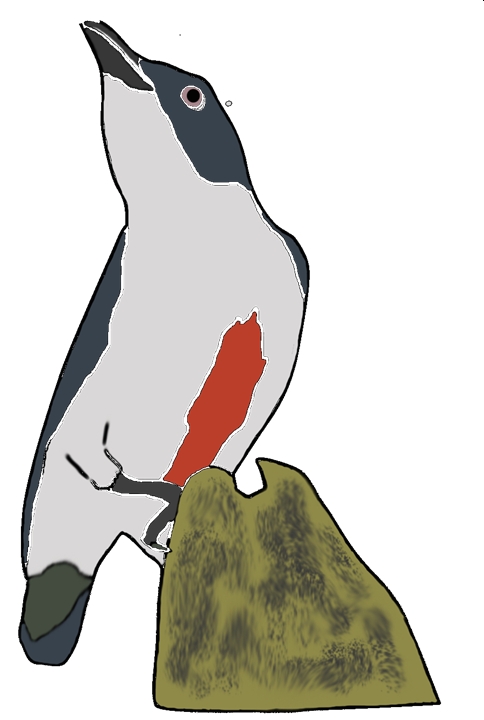
Jeffrey Mesias

This was the very first time that I was tasked to teach students particularly High School Students in my whole life. I was hesitant and afraid at first since I remember how I acted when I was at their age during this kind of activity and was thinking is this my karma, just kidding. This was actually a great experience and looking forward to doing this again.
Wetland Bioblitz is an activity spearheaded by the Society for the Conservation of Philippine Wetlands (SCPW). I was able to join twice out of the Three Pilot sites for the project which are located in Pangil, Lumban, and Mabitac, Laguna.
The Wetland Bioblitz activities include Learning Session about wetlands, its importance and the current efforts to conserve them; an orientation seminar on the methods to be used in the field activity; actual fieldwork which ideally should be implemented for 24 hours; data consolidation and processing; Visioning and Action Planning; and presentation to the Local Government Executives, school officials, and other partners.

During our activity in Pangil and Lumban, Laguna, we were tasked to teach students how to do Rapid Assessment of Wetland Ecosystem Services (RAWES) Approach. This method is developed by Convention on Wetlands or Ramsar Convention to assess a wetland through interviews with locals and quick observation in the area to determine the ecosystem services provided by the wetland with limited time and equipment. With my colleagues from Biodiversity Management Bureau (BMB) Joyce Se (during Pangil) and Zoisane Lumbres and Jayson Pujeda (during Lumban), we introduced to our students what are wetlands, examples of wetlands (inland, human-made and coastal), what is ecosystem services such as Provisioning, Regulating, Cultural and Supporting Services and its importance.
After the short introduction about wetlands and ecosystem services, we provide a copy of the Manual of RAWES Approach to the students and gave them a task to identify a set of questions that they can use for each ecosystem services that they will use during the fieldwork. During the fieldwork, we instructed them that they need to interview locals as much as possible and each interview should not exceed 1 hour since we only have limited time for the activity. After the data gathering, our students were tasked to present the data collected and identify what are the important and dominant ecosystem services for the area. Also, they include the recommended next steps on conserving, maintaining and improving the ecosystem services of the area such as proper solid waste management, protection of wild flora and fauna from poaching and implementation of existing laws on environmental protection.

from Lumban (left) and Students from Pangil (right)
It was a pleasure to teach students about the importance of our environment and natural resources. Also, it was fulfilling that we were able to educate them and we also learned from them a lesson that we need to educate the young ones about environmental awareness and conservation efforts because they were the future generations who will continue the advocacy in protecting our environment particularly our wetlands.